The number of first-time buyers reached 372,000 in 2018, which accounts for the majority of total home purchases and this is the first time this has happened since 1995, according to the recently released Halifax First-Time Buyer Review.
The number of first-time buyers has gone up 2 per cent in the last 12 months, which is part of an upward trend that has taken place over the last seven years. Growth in 2018 was 7.6 per cent compared to 9 per cent in 2016, however, first-time buyers overall have increased by 92 per cent from an all-time low of 192,300 in 2008, according to the recent data from Halifax.
First-time buyers now account for over 50 per cent of all house purchases with a mortgage, which is an increase from 38 per cent a decade ago. Also, the average price paid for a typical first home has increased by 39 per cent, rising from £153,030 in 2008, to £212,473 in 2018. The average deposit has also increased by 57 per cent from £21,133 to £33,252 over the same period, according to the recent data from Halifax.
Larger deposits
The average deposit put down by a first-time buyer increased from 14 per cent of the purchase price in 2008 to 20 per cent in 2009, which is a dramatic change and the highest during the last decade. The average deposit has also decreased to 15 per cent of the purchase price, although the average property price has continued to increase, according to the recent data from Halifax.
UK first-time buyers are putting down an average deposit of £32,841, however, those in London are putting down significantly more with an average of £110,656. First-time buyers in Wales are paying the lowest average deposit of £16,449.
In terms of the first-time buyer’s home of choice over the past decade, terraced houses, closely followed by semi-detached properties have continued to be popular, together making up 67 per cent of mortgages for first homes in 2018, according to the recent data from Halifax.
The average age of a first-time buyer in 2018 was 31, which is two years older than a decade ago. In London however, the average age has grown from 31 to 33 since 2008. This is the oldest in the UK. Meanwhile, the biggest increase in age was in Northern Ireland, which has increased from 28 to 31, according to recent data from Halifax.
Russell Galley, managing director at Halifax, said: “New buyers coming on to the ladder are vital for the overall wellbeing of the UK housing market, and the continued growth in first-time buyers shows healthy movement in this important area – despite a shortage of homes and the ongoing challenge of raising a deposit.
“Last year was the first year that first-time buyers accounted for the majority of the market since 1995, which shows that the factors reducing some of the associated costs – such as continued low mortgage rates and Stamp Duty – are supporting the increasing number of people taking their first step on to the property ladder.”
Regional variation
Interestingly, the number of first-time buyers in Scotland and Wales has fallen over the last year while the numbers of first-time buyers have increased nationally, suggesting regional factors have affected first-time buyer figures.
London and the South East have seen the fastest rise in the average price paid and deposit put down by first-time buyers over the last five years. However, the average price paid in London grew only by 1.4 per cent and the average deposit fell by 1.4 per cent over the last 12 months. This contrasts with the 50 per cent growth in first-time buyer prices in London in the five years to 2018, compared to growth of 36 per cent nationally, according to the recent data from Halifax.
The highest rise in house prices for first-time buyers is in Northern Ireland, which is up 7.5 per cent in the last 12 months. However, prices paid in Northern Ireland are still 16 per cent lower than in 2008, and the number of first-time buyers in the region has more than tripled over that time.
Deposits grew fastest over the last year in the East and West Midlands, the South West and East Anglia. This reflects the continued increase in prices for first-time buyer properties, according to Halifax.
Meanwhile, average deposits in Scotland, Wales and the northern regions in England fell between 2 per cent and 9 per cent, a change that has been driven by a decrease in the average deposit as a percentage of the purchase price, combined with slower house price growth, according to Halifax.
Affordability
The top 10 most affordable local authority districts in the UK are all in the North West and Scotland. The most affordable are Pendle in Lancashire with an average of £88,85 and Copeland in Cumbria at £110,930. In Scotland, the most affordable local authority district is East Ayrshire with an average property price of £94,376. This is three times the average gross annual earnings.
Nine of the 10 least affordable districts are in London, including Brent where the average first-time buyer property price is £500,088, which is 13.3 times the gross average annual earnings for that area.
Oxford has also joined the top 10 list of least affordable districts since 2017, where the average first-time buyer property price is £400,730. This is 10.9 times the gross average annual earnings for that area.








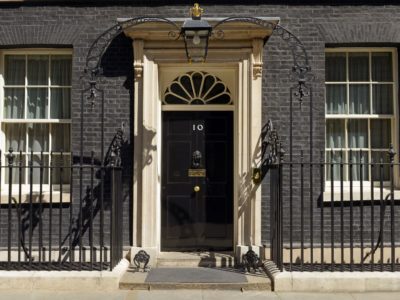
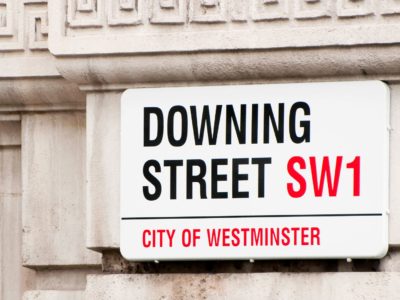
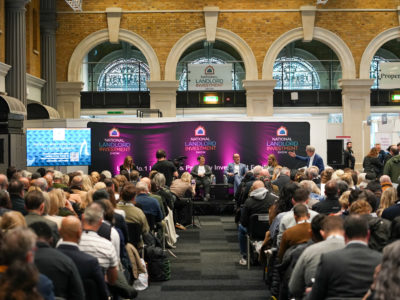
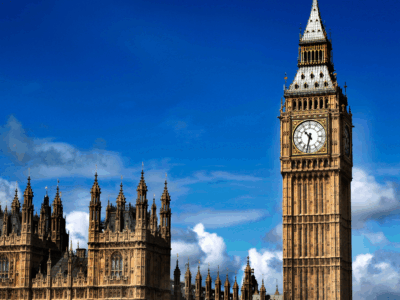





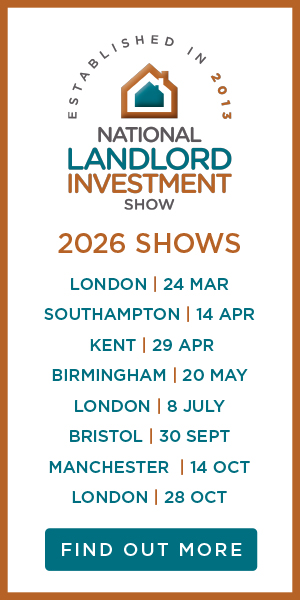





Comments